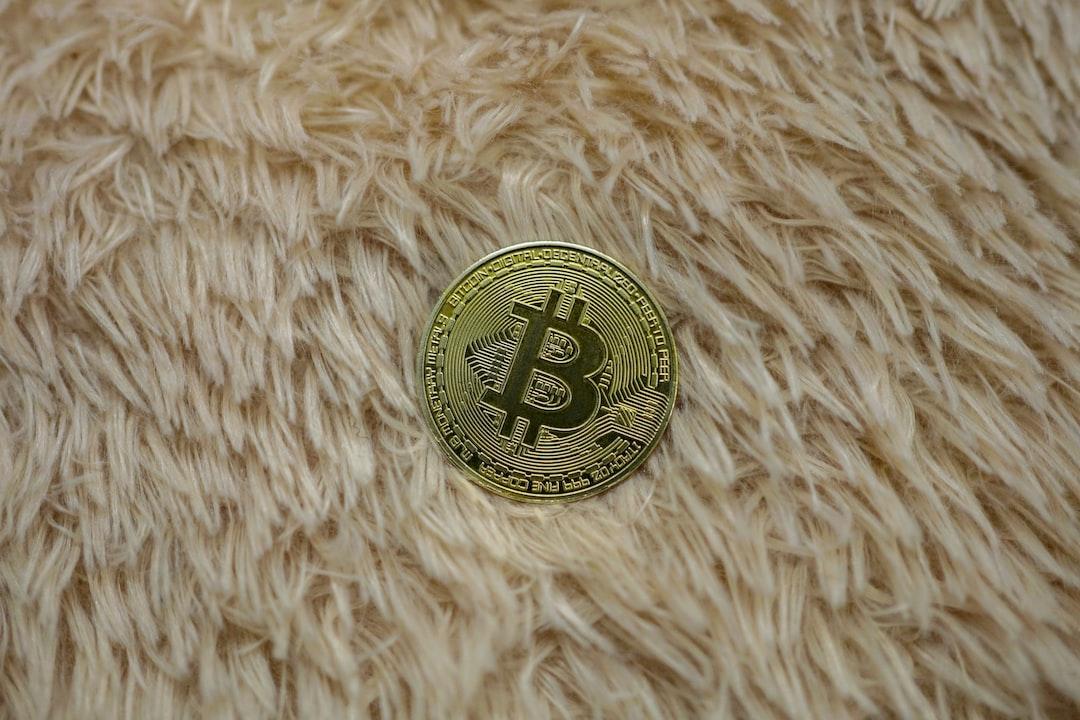A recent report from the Financial Stability Board (FSB) has highlighted the increased risks and regulatory challenges that come with the adoption of global stablecoins (GSCs) in emerging markets and developing economies (EMDEs).
The report, released by the FSB on July 23, emphasizes the financial instability and macro-financial risks associated with the growing use of stablecoins pegged to foreign currencies in these regions.
Risks of stablecoin adoption
The use of GSCs, especially those tied to foreign currencies, is on the rise in EMDEs due to factors such as limited access to traditional banking, high remittance flows, and the volatility of local currencies.
However, financial regulators are becoming increasingly concerned about the potential destabilization of financial systems and the strain on fiscal resources posed by these digital assets.
The unpredictability of these digital currencies poses significant risks for EMDEs, where regulatory and supervisory capabilities are often lacking.
The report highlights several key concerns related to the adoption of GSCs in developing countries, including threats to financial integrity, increased risks of illicit finance, data privacy issues, cybersecurity vulnerabilities, and the need for improved consumer and investor protections.
Moreover, stablecoins have the potential to disrupt market integrity, fiscal stability, and overall macroeconomic stability.
While these risks are global in nature, EMDEs face unique challenges that make it difficult to implement effective regulatory measures.
The needs of emerging nations
Despite these challenges, the case for stablecoins as an alternative to local fiat currencies in EMDEs remains strong, driven by limited banking access, the demand for efficient remittance services, and the desire to hedge against local currency fluctuations.
To address the challenges posed by stablecoins in these regions, the report suggests that policymakers and regulators establish robust regulatory frameworks that promote cross-border regulatory cooperation and enhance the capacity of local authorities to manage and supervise GSC activities to safeguard financial stability.
Current landscape of stablecoins
The most popular stablecoins, such as Tether (USDT), USD Coin (USDC), Dai (DAI), and TrueUSD (TUSD), are predominantly pegged to the US dollar.
In early July, Paxos, an international blockchain and tokenization platform, received regulatory approval from the Monetary Authority of Singapore (MAS) to issue its new gold-backed stablecoin, Pax Gold (PAXG).
On July 24, Jingdong Coinlink Technology Hong Kong Limited, a subsidiary of JD Technology Group, announced plans to launch a 1:1 stablecoin linked to the Hong Kong dollar (HKD).
The European Union recently implemented its first set of regulations on stablecoins on June 30, leading to the delisting of certain noncompliant stablecoins by crypto exchanges or the restriction of services for users based in the EU and the European Economic Area (EEA).
As a result, exchanges like Uphold, Binance, Kraken, and OKX have started to delist stablecoins like USDT, with Bitstamp planning to delist Euro Tether (EURT). Experts speculate that there may be a shift towards euro-backed stablecoins if demand increases in EU markets.
In the cryptocurrency world:
Toyota shows interest in Ethereum, Hong Kong approves inverse Bitcoin ETF, and the stablecoin market continues to evolve in Asia.
The Rise of Stablecoins Presents Increased Risks for Developing Countries
No Comments3 Mins Read
Related Posts
Add A Comment

